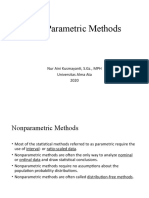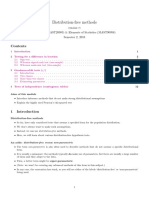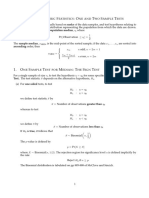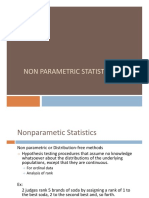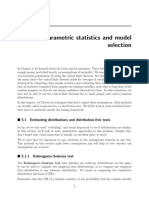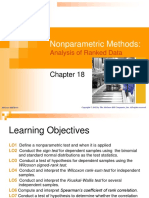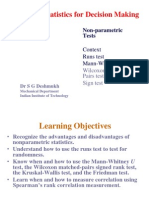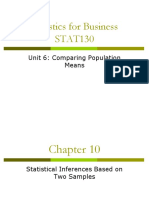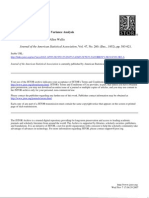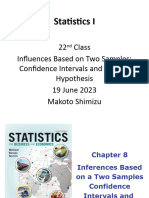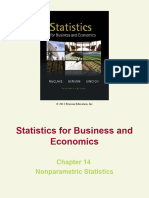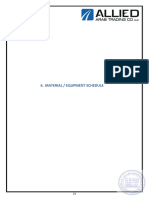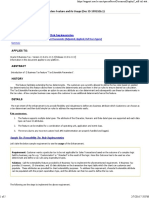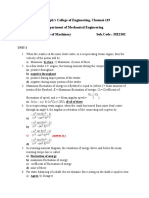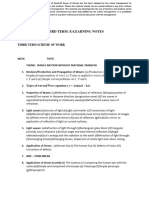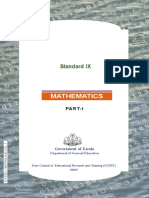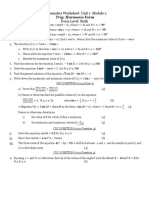0% found this document useful (0 votes)
39 views29 pagesLecture 11.1 (Nonparameteric Test)
The document discusses various non-parametric tests, including the Sign Test, Wilcoxon Signed-Rank Test, Mann-Whitney-Wilcoxon Test, and Kruskal-Wallis Test, highlighting their purposes, methodologies, and applications. It provides examples to illustrate how these tests can be used to analyze preferences and differences between paired and unpaired samples. The document emphasizes the flexibility of non-parametric tests in situations where data do not meet the assumptions required for parametric tests.
Uploaded by
terefe degagaCopyright
© © All Rights Reserved
We take content rights seriously. If you suspect this is your content, claim it here.
Available Formats
Download as PPTX, PDF, TXT or read online on Scribd
0% found this document useful (0 votes)
39 views29 pagesLecture 11.1 (Nonparameteric Test)
The document discusses various non-parametric tests, including the Sign Test, Wilcoxon Signed-Rank Test, Mann-Whitney-Wilcoxon Test, and Kruskal-Wallis Test, highlighting their purposes, methodologies, and applications. It provides examples to illustrate how these tests can be used to analyze preferences and differences between paired and unpaired samples. The document emphasizes the flexibility of non-parametric tests in situations where data do not meet the assumptions required for parametric tests.
Uploaded by
terefe degagaCopyright
© © All Rights Reserved
We take content rights seriously. If you suspect this is your content, claim it here.
Available Formats
Download as PPTX, PDF, TXT or read online on Scribd
/ 29



